
Cloud Orchestration: Everything You Need to Know
Cloud orchestration has emerged as a cornerstone of modern IT infrastructure, enabling businesses to seamlessly manage and automate complex tasks across multiple cloud environments.
This article delves deep into the essence of cloud orchestration, exploring its components, benefits, and how it is revolutionizing how companies deploy, manage, and scale their cloud resources.
What is Cloud Orchestration, and Why is it Important?
Cloud orchestration refers to coordinating and managing multiple cloud services and resources, automating the provisioning, deploying, and scaling of applications and services across various cloud environments. It simplifies the complex nature of cloud computing, making it accessible and manageable for businesses of all sizes.
Critical Components of Cloud Orchestration
Understanding the critical components of cloud orchestration is crucial for businesses looking to leverage the full potential of cloud computing. Here are the essential elements that make up the backbone of cloud orchestration:
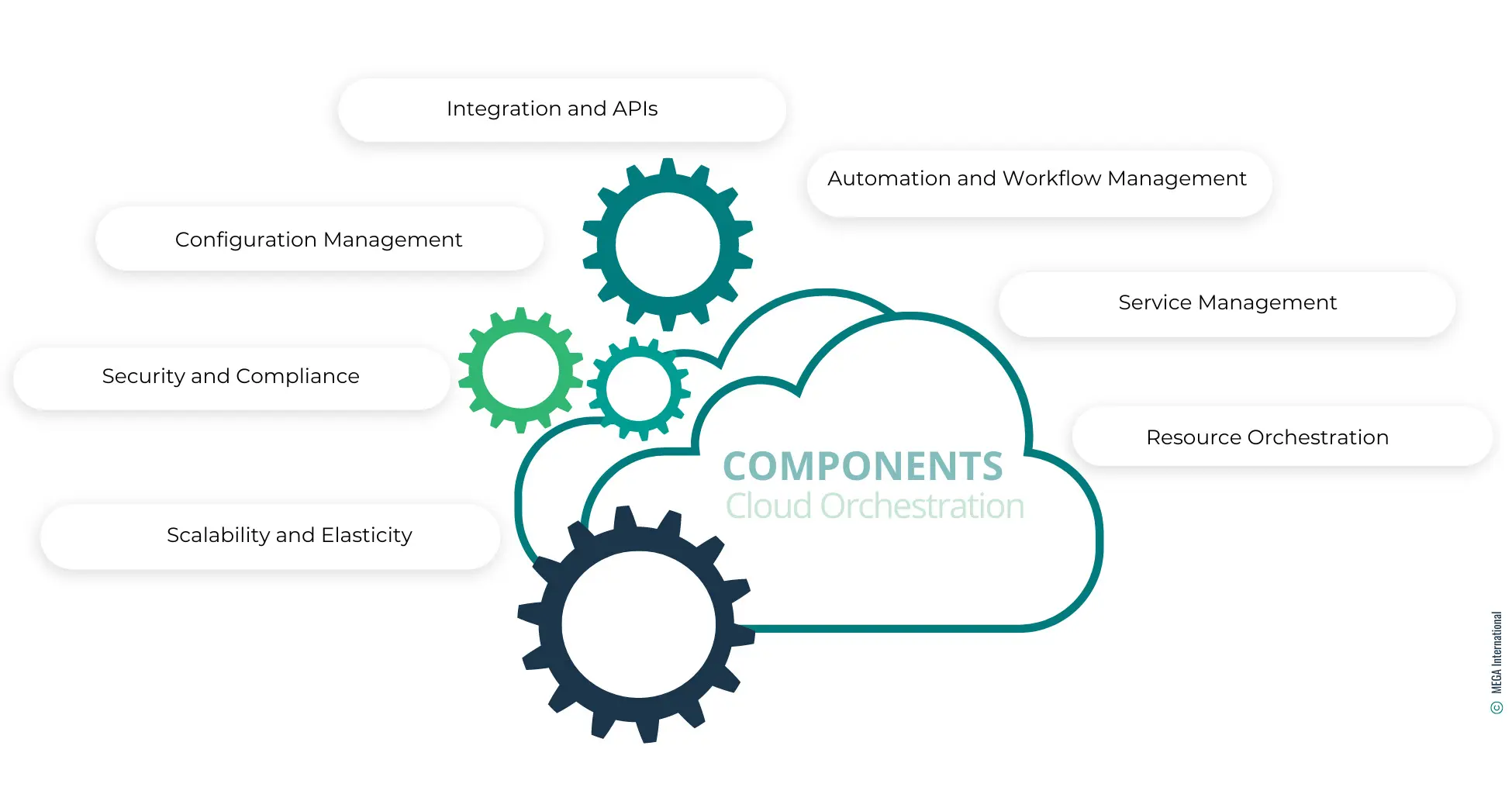
- Automation and Workflow Management: Automation stands at the heart of cloud orchestration, allowing for the automatic handling of repetitive tasks. This includes everything from provisioning resources to deploying applications and managing their lifecycle. Workflow management complements automation by ensuring tasks are carried out in a specific sequence, adhering to business rules and policies. This combination helps in reducing manual errors and improving operational efficiency.
- Service Management: Effective cloud orchestration involves comprehensive service management, ensuring all cloud services are available, optimized, and running smoothly. This component focuses on monitoring the health and performance of services, managing service catalogs, and ensuring compliance with SLAs (Service Level Agreements). It's about maintaining control over the cloud environment and ensuring that services meet both user expectations and business requirements.
- Resource Orchestration: Involves efficiently allocating and managing cloud resources such as compute instances, storage, and networking components. Resource orchestration ensures that these resources are provisioned based on the demand, optimized for performance and cost, and scaled appropriately with minimal human intervention. It plays a crucial role in ensuring that applications have the resources to perform optimally without incurring unnecessary costs.
- Integration and APIs: Integration is crucial in a cloud ecosystem that spans multiple providers and platforms. Cloud orchestration relies on APIs (Application Programming Interfaces) to connect disparate systems, services, and applications, enabling them to work together seamlessly. This interoperability is critical to automating processes across different cloud environments and internal systems, facilitating a unified and efficient workflow.
- Configuration Management: This component ensures that all cloud resources and services are configured according to predefined policies and specifications. Configuration management in cloud orchestration helps maintain consistency, security, and compliance across the cloud environment. It automates the setup and maintenance of software and hardware configurations, reducing the risk of configuration drift and security vulnerabilities.
- Security and Compliance: Security is a fundamental component of cloud orchestration, encompassing everything from identity and access management to data encryption and threat detection. Cloud orchestration platforms incorporate security measures to protect resources and data across multiple cloud environments. Compliance management ensures the cloud infrastructure adheres to industry regulations and standards, automating compliance checks and reporting.
- Scalability and Elasticity: Cloud orchestration provides the mechanisms to scale resources up or down based on demand automatically. This elasticity ensures that applications can handle varying loads efficiently, improving performance and user satisfaction while optimizing costs.
Benefits of Implementing Cloud Orchestration in Your Workflow
By automating and coordinating tasks across various cloud services, cloud orchestration simplifies cloud management and brings about significant operational efficiencies. Here are some of the key benefits that cloud orchestration provides:
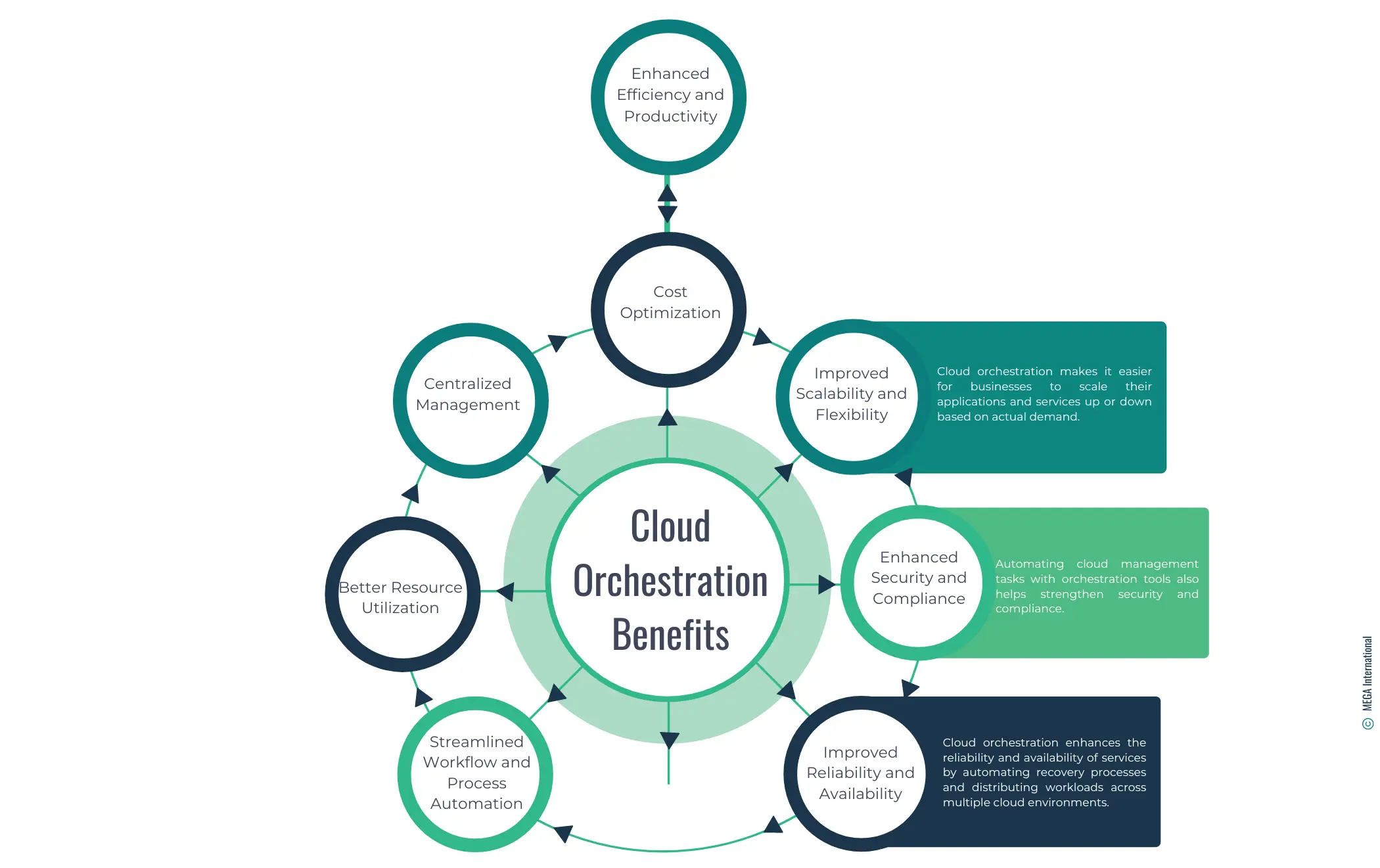
- Enhanced Efficiency and Productivity: One of the primary benefits of cloud orchestration is the significant boost in efficiency it brings to IT operations. By automating routine tasks such as provisioning, deployment, and scaling, cloud orchestration frees up IT teams to focus on more strategic tasks. This automation reduces the time and effort required for managing cloud resources, leading to higher productivity and faster time-to-market for new applications and services.
- Cost Optimization: Cloud orchestration helps businesses optimize their cloud spending by automating, allocating, and scaling resources based on demand. This ensures that resources are not underutilized or over-provisioned, avoiding unnecessary costs. Furthermore, orchestration tools often include cost-management features that provide visibility into spending and help identify opportunities for savings.
- Improved Scalability and Flexibility: Cloud orchestration makes it easier for businesses to scale their applications and services up or down based on actual demand. This scalability ensures that applications can handle peak loads efficiently without degrading performance. Additionally, the flexibility offered by cloud orchestration allows businesses to quickly adapt to changing market conditions and business needs.
- Enhanced Security and Compliance: Automating cloud management tasks with orchestration tools also helps strengthen security and compliance. These tools can enforce security policies consistently across the cloud environment and automate compliance processes. This reduces the risk of human error, which can lead to security vulnerabilities, and ensures that the infrastructure complies with industry regulations and standards.
- Improved Reliability and Availability: Cloud orchestration enhances service reliability and availability by automating recovery processes and distributing workloads across multiple cloud environments. This redundancy and failover capability ensures that applications remain available and performant, even if one part of the cloud infrastructure fails.
- Streamlined Workflow and Process Automation: Cloud orchestration enables the automation of complex workflows that span multiple cloud services and platforms. This streamlining of processes reduces the potential for errors and ensures that tasks are completed in an orderly and timely manner, in line with business rules and policies.
- Better Resource Utilization: Cloud orchestration allows businesses to efficiently use their cloud resources. By automatically matching resource allocation to actual usage patterns, orchestration ensures that resources are not wasted, leading to better overall utilization and performance.
- Centralized Management: Cloud orchestration provides a centralized platform for managing all cloud resources, regardless of the cloud provider or service. This centralized management simplifies the oversight of complex multi-cloud environments, offering a single pane of glass through which IT teams can monitor and control their cloud infrastructure.
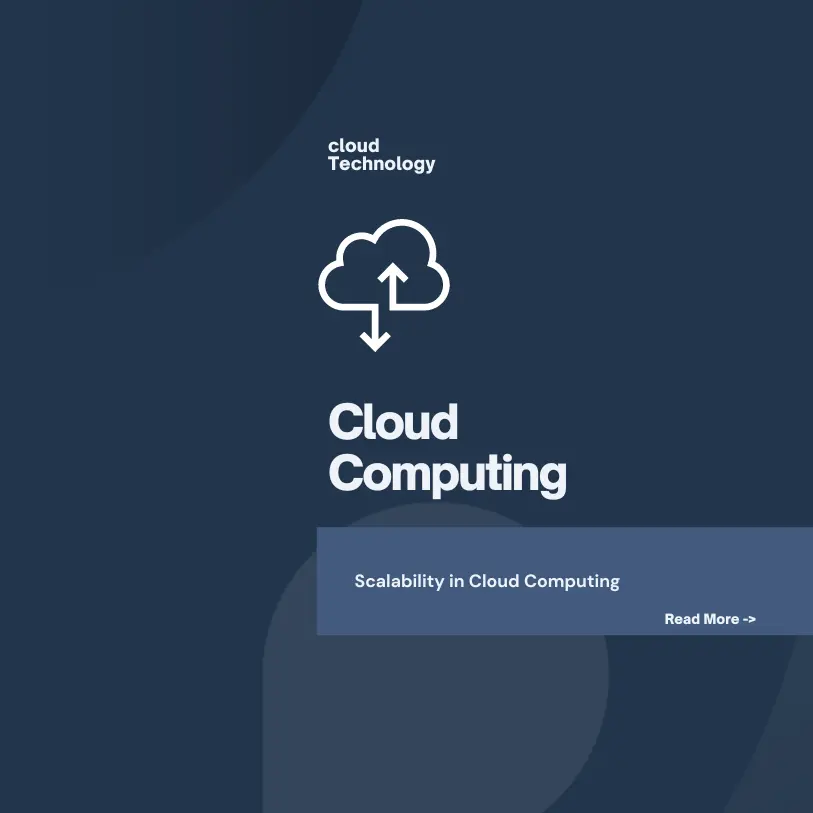 | 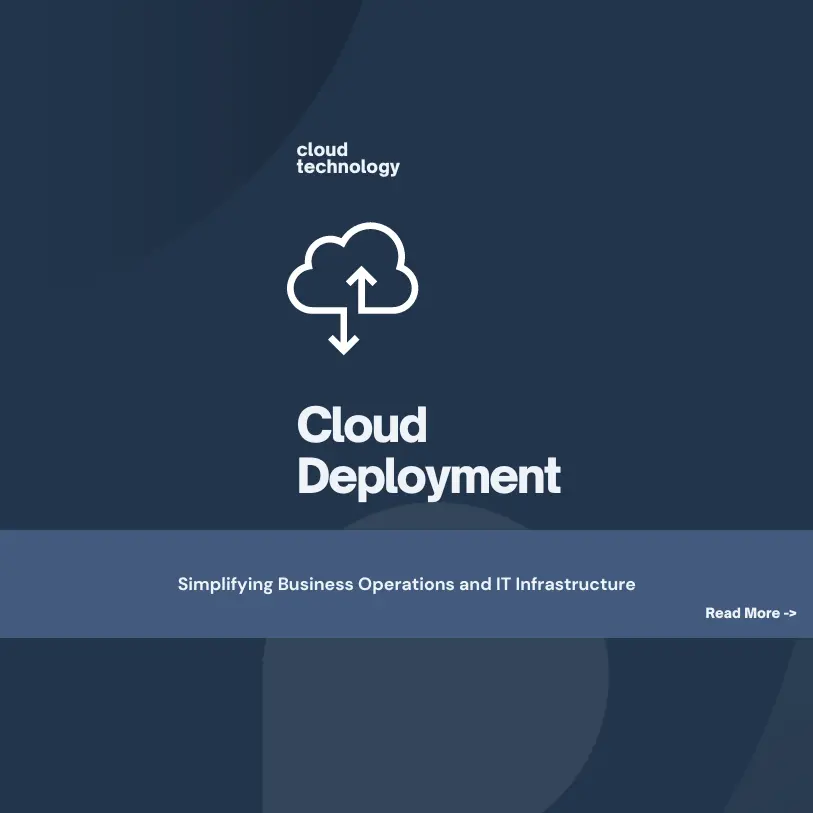 | 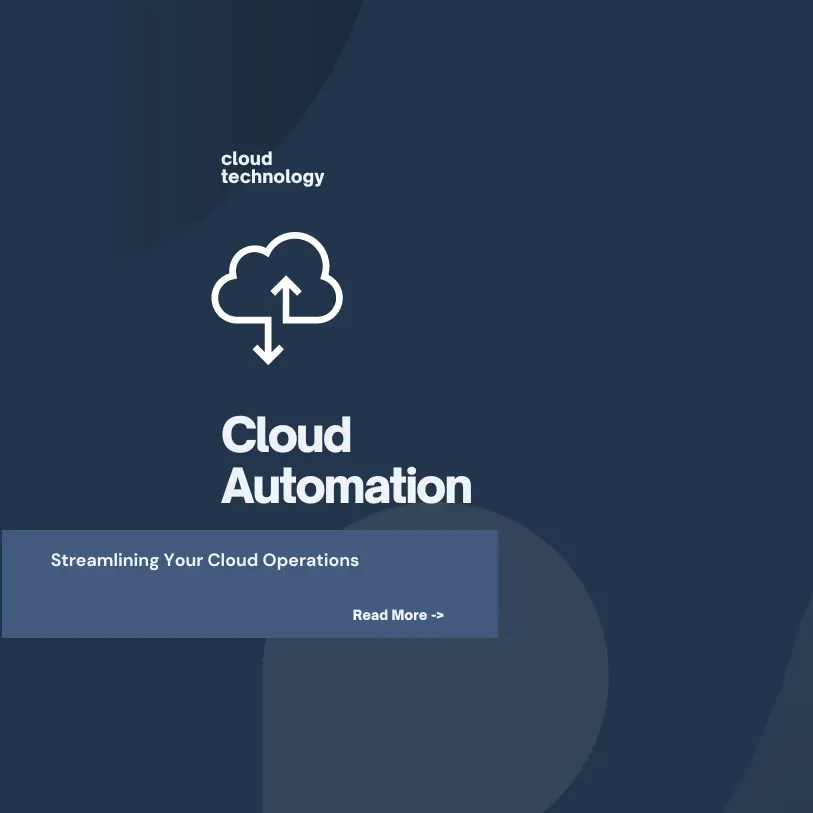 |
Cloud Orchestration vs. Automation:
- Cloud Orchestration involves coordinating and managing multiple automated tasks, services, or containers to achieve a desired outcome. It focuses on organizing and optimizing complex workflows in a dynamic cloud environment.
- Automation, on the other hand, plays a crucial role in cloud orchestration. It refers to streamlining repetitive manual tasks with minimal human intervention. It aims to eliminate manual effort by using scripts or tools to perform routine operations efficiently.
How Does Cloud Orchestration Work in Different Environments?
Cloud orchestration is a versatile technology critical for managing and automating tasks across various environments. Its functionality extends over public, private, and hybrid cloud settings, adapting to the unique challenges and benefits of each. This adaptability simplifies cloud management and ensures optimal performance, security, and cost efficiency across diverse infrastructures.
Exploring Cloud Orchestration in Hybrid Cloud Settings
Hybrid cloud environments, which combine public and private cloud resources, present unique challenges in complexity and interoperability. Cloud orchestration in these settings focuses on seamlessly integrating these diverse environments, enabling businesses to leverage the best of both worlds— the scalability and cost-effectiveness of public clouds with the control and security of private clouds.
In a hybrid cloud setting, orchestration tools automate the deployment and management of workloads across both public and private components.
They allocate resources efficiently, moving workloads to the most appropriate environment based on performance requirements, security policies, and cost considerations. For instance, sensitive applications can be kept on-premise in a private cloud for security reasons, while less critical, scalable workloads can take advantage of the public cloud's resources.
The Role of Orchestration in Automating Workflows in Cloud Computing
Cloud Orchestration automates workflows for operational efficiency and agility in cloud computing.
Tools automate tasks like resource provisioning, application deployment, and scaling based on predefined rules.
This automation reduces deployment time, ensures availability, and enhances consistency in cloud environments, minimizing risks and optimizing performance.
Cloud Orchestration Tools and Technologies
Cloud orchestration tools stand at the forefront of this evolution, offering sophisticated capabilities to automate and optimize applications' deployment, management, and scaling across various cloud environments.
These tools enhance operational efficiency and provide a strategic advantage in today's competitive market. Here's an overview of some leading cloud orchestration tools and technologies, highlighting their key features and how they cater to different business needs.
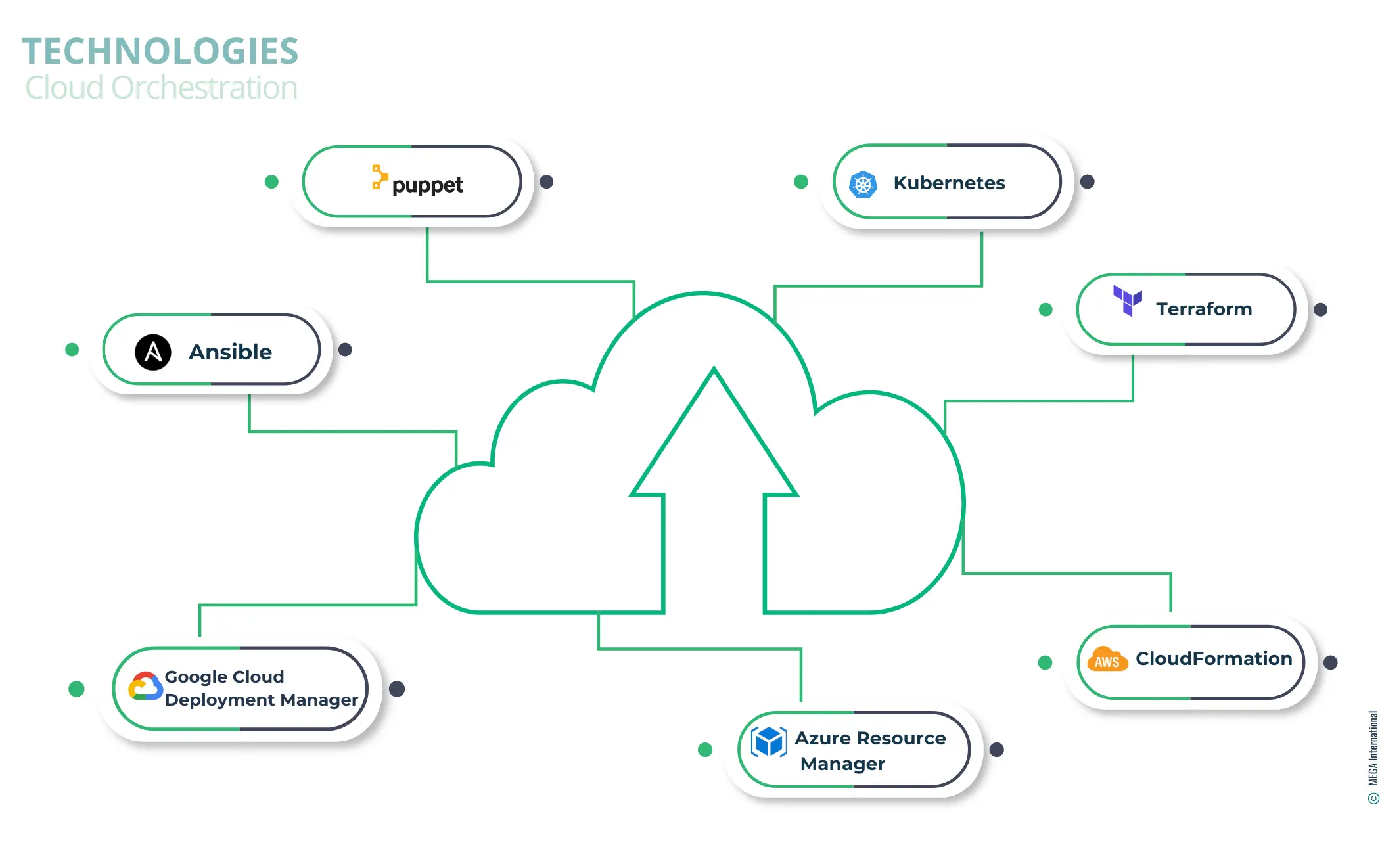
1. Kubernetes
Kubernetes, often called K8s, is an open-source platform for automating application container deployment, scaling, and operations across clusters of hosts.
It provides a resilient framework for running distributed systems, allowing for scaling and failover for your applications, automatic deployment patterns, and more. Kubernetes has become the de facto standard for container orchestration, offering extensive community support and integration options.
2. Terraform
Terraform by HashiCorp is an open-source tool that allows users to define and provision infrastructure using a high-level configuration language known as HashiCorp Configuration Language (HCL), or optionally JSON.
Terraform supports many service providers, including major cloud platforms like AWS, Microsoft Azure, and Google Cloud Platform. Its ability to manage cloud and on-premises resources makes it an excellent tool for hybrid cloud environments.
3. AWS CloudFormation
AWS CloudFormation is a service that helps you model and set up your Amazon Web Services resources so that you can spend less time managing those resources and more time focusing on your applications.
CloudFormation allows you to use a simple text file to model and provision all the resources needed for your applications across all regions and accounts in an automated and secure manner.
This service provides a common language for you to describe and provision all the infrastructure resources in your cloud environment.
4. Azure Resource Manager
Azure Resource Manager (ARM) is Azure's deployment and management service. It provides a management layer that enables you to create, update, and delete resources in your Azure account.
ARM allows you to organize project resources into groups, enforce policies, and manage access control. Its template-driven approach enables users to deploy complex environments consistently and repeatably.
5. Google Cloud Deployment Manager
Google Cloud Deployment Manager is an infrastructure management service that automates the creation and management of Google Cloud resources.
Write flexible templates and configuration files to create deployments that produce natural resources in Google Cloud, such as VM instances, networks, and storage.
Deployment Manager allows you to manage your resources as a single system, treating all the elements of your infrastructure as a cohesive unit.
6. Ansible
Now part of Red Hat, Ansible is an open-source automation tool for software provisioning, configuration management, and application deployment.
Ansible uses YAML syntax to express automation jobs in "playbooks." Unlike some of the other tools mentioned, Ansible is agentless and relies on SSH and PowerShell to communicate with servers. It's known for its simplicity and ease of use.
7. Chef and Puppet
Chef and Puppet are open-source tools for configuration management and server automation. They allow you to manage infrastructure as code, ensuring your environments are provisioned and managed consistently.
Chef uses Ruby-based DSL for its recipes, while Puppet uses its declarative language. Both tools are suitable for large-scale infrastructure automation.
Challenges of Implementing Cloud Orchestration Solutions
Organizations embarking on cloud orchestration must navigate a complex landscape of technical, organizational, and strategic hurdles. Understanding these challenges is the first step toward developing effective strategies to overcome them.
Here are some key challenges businesses face when implementing cloud orchestration solutions.
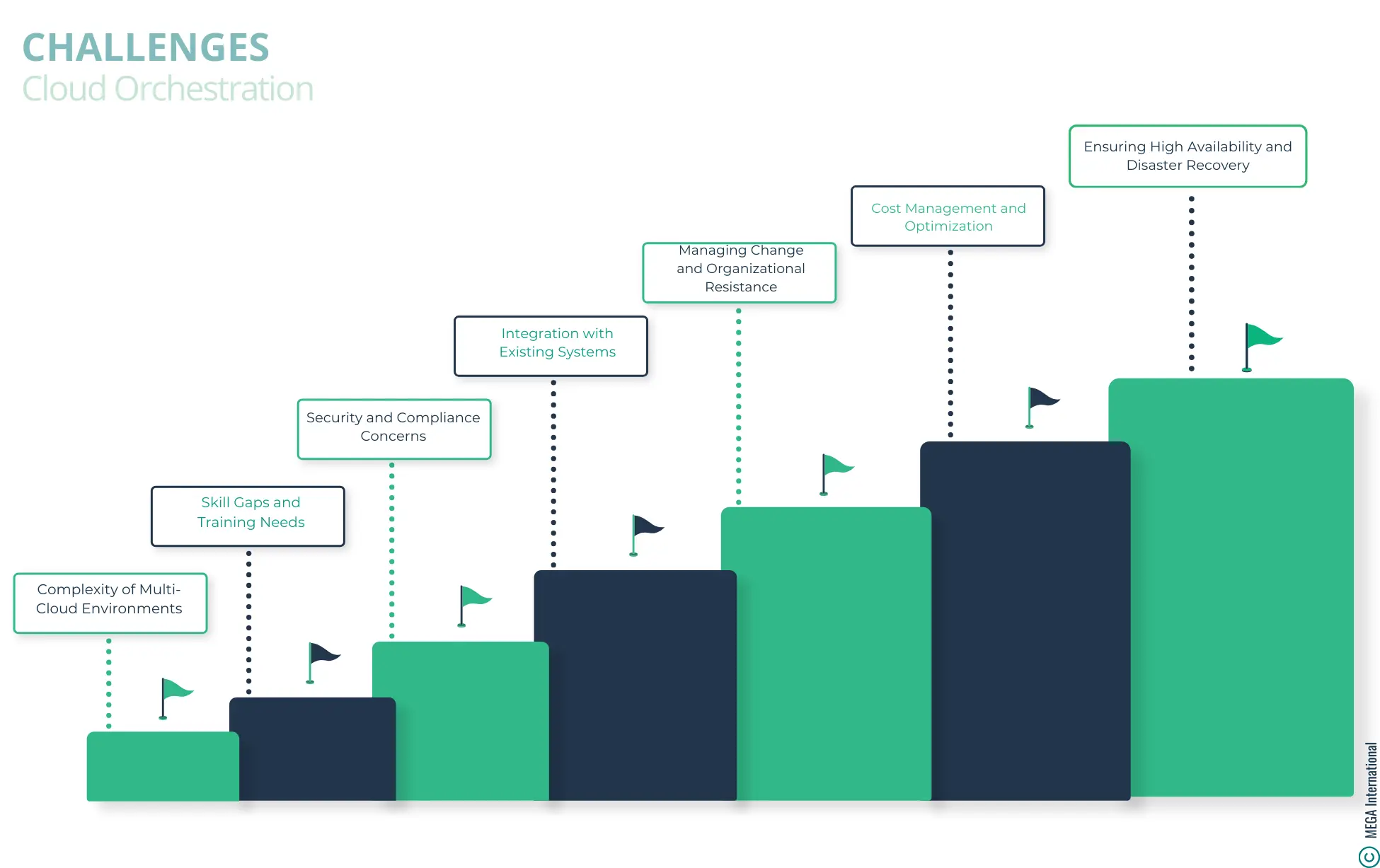
1. Complexity of Multi-Cloud Environments
Multi-cloud strategies involve using services from various cloud providers to benefit from reduced vendor lock-in and cost optimization. However, this approach adds complexity, as orchestrating workloads across diverse cloud environments demands deep platform understanding and seamless integration of tools, APIs, and interfaces.
2. Skill Gaps and Training Needs
Cloud orchestration tools evolve quickly, posing challenges for organizations to stay current. Skill gaps arise as IT staff may need to become more familiar with these tools and best practices. Bridging these gaps demands substantial investment in training and education, which can be a barrier for many businesses.
3. Security and Compliance Concerns
Implementing cloud orchestration raises security and compliance concerns. Automated resource deployment must meet industry regulations and security standards. Careful planning and continuous monitoring are essential to prevent vulnerabilities and compliance issues in automated processes.
4. Integration with Existing Systems
Integrating on-premises systems with cloud resources in an orchestrated environment poses challenges for organizations. It involves assessing legacy systems and developing strategies for seamless integration without business disruptions.
5. Managing Change and Organizational Resistance
Transitioning to cloud orchestration brings operational changes that may need more support from staff who are used to traditional methods. Managing this change, highlighting orchestration benefits, and securing stakeholder buy-in is vital for successful implementation.
6. Cost Management and Optimization
Cloud orchestration can enhance cost savings by boosting efficiency and resource use, but the initial setup can be expensive. Investing in appropriate tools, training, and consultancy services is crucial for designing and implementing an effective orchestration strategy.
7. Ensuring High Availability and Disaster Recovery
Automating cloud resource deployment and management via orchestration should prioritize high availability and disaster recovery. Crafting workflows that handle failures and facilitate automatic recovery is crucial for ensuring business continuity, though it poses challenges.
Future of Cloud Orchestration
The future of cloud orchestration is set to revolutionize cloud computing, moving towards agile, intelligent, and integrated systems. As businesses adopt digital transformation, the significance of cloud orchestration in managing intricate cloud environments grows.
Here's a glimpse into the future of cloud orchestration, highlighting the trends and advancements set to shape its evolution.
1. Enhanced Integration with AI and Machine Learning
Integrating artificial intelligence (AI) and machine learning (ML) with cloud orchestration tools is a trend that is expected to gain significant momentum.
AI and ML algorithms can analyze vast amounts of data to make predictive decisions, optimize resource allocation, and manage workloads.
This integration will lead to more brilliant orchestration capabilities, where systems can autonomously adjust resources in real-time based on usage patterns, anticipate issues before they arise, and automate complex decision-making processes.
2. Increased Focus on Multi-Cloud and Hybrid Cloud Orchestration
As organizations increasingly adopt multi-cloud and hybrid cloud strategies, the demand for tools that seamlessly orchestrate workloads across different cloud environments will rise.
Future cloud orchestration solutions will offer more robust capabilities for managing resources across various platforms, ensuring consistent deployment, security, and compliance practices.
This will enable businesses to leverage each cloud service provider's best features while maintaining flexibility and avoiding vendor lock-in.
3. Greater Emphasis on Security and Compliance Automation
Security and compliance are paramount concerns in cloud computing. Future developments in cloud orchestration will likely focus on enhancing automated security measures and compliance checks.
Orchestration tools will be equipped with advanced features to automatically enforce security policies, perform regular compliance audits, and rectify any identified issues, thereby reducing the risk of data breaches and ensuring adherence to regulatory standards.
4. Proliferation of Serverless Architectures
Serverless computing, where cloud providers dynamically manage the allocation of machine resources, is set to become more prevalent.
Cloud orchestration solutions will evolve to better support serverless architectures, automating the deployment and scaling of applications without the need to manage servers.
This shift will enable developers to focus more on writing code and less on the underlying infrastructure, speeding up the development process and improving efficiency.
5. Edge Computing Integration
The rise of edge computing, which involves processing data closer to the source of data generation rather than in a centralized cloud-based data center, will influence the direction of cloud orchestration. Future orchestration tools must manage resources in cloud environments and at the edge, ensuring seamless operation, data consistency, and security across the entire network.
6. Adoption of Infrastructure as Code (IaC)
Infrastructure as Code (IaC) is a fundamental principle expected to become even more integral to cloud orchestration. IaC allows for the automatic management and provisioning of infrastructure through code, making environments more predictable, scalable, and reproducible.
As IaC practices mature, cloud orchestration tools will offer enhanced support for defining, deploying, and managing infrastructure using code, further streamlining cloud operations.
7. Enhanced User Experience and Simplified Management
Finally, as cloud orchestration tools become more sophisticated, there will be a concerted effort to simplify their usage. Enhanced user interfaces, more intuitive workflows, and better documentation will make these tools more accessible to a broader audience, including businesses with limited IT resources.
The future of cloud orchestration is bright, with advancements aimed at making cloud environments more automated, secure, and efficient. As these trends materialize, businesses will be better equipped to navigate the complexities of cloud computing, unlocking new opportunities for innovation and growth.
Recap and Final Thoughts
The future of cloud orchestration looks promising, with emerging trends indicating a shift towards more intelligent, secure, and flexible cloud management solutions.
As we conclude our exploration of cloud orchestration, it's clear that this technology plays a pivotal role in the modern cloud computing landscape. Cloud orchestration automates and simplifies the management of complex cloud environments, enabling businesses to deploy, manage, and scale applications with unprecedented efficiency and agility.
| The journey to effective cloud orchestration is ongoing, with new challenges and opportunities emerging as technology evolves. However, one thing remains clear: the strategic implementation of cloud orchestration solutions is crucial for businesses looking to thrive in the fast-paced, ever-changing landscape of cloud computing. As we look to the future, the role of cloud orchestration in enabling more efficient, secure, and responsive cloud environments will undoubtedly continue to grow, marking an exciting chapter in the evolution of cloud computing. |
FAQs
Cloud orchestration manages and coordinates automated tasks across cloud environments to ensure efficient deployment and workload management.
The benefits of cloud orchestration include improved automation, streamlined deployment, enhanced workflow management, and optimized utilization of cloud resources.
Cloud orchestration helps manage complex interdependencies between tasks and services, while cloud automation mainly focuses on automating individual tasks without orchestration.
A hybrid cloud environment is a setup where organizations use private and public cloud services, requiring effective orchestration and automation to ensure seamless operations.
Cloud orchestration solutions provide a unified platform to manage cloud infrastructures across various platforms, enabling organizations to deploy and monitor services in diverse environments efficiently.
Popular cloud orchestration tools include AWS CloudFormation, Kubernetes, Ansible, OpenStack Heat, and Terraform, offering diverse capabilities for cloud infrastructure management.





